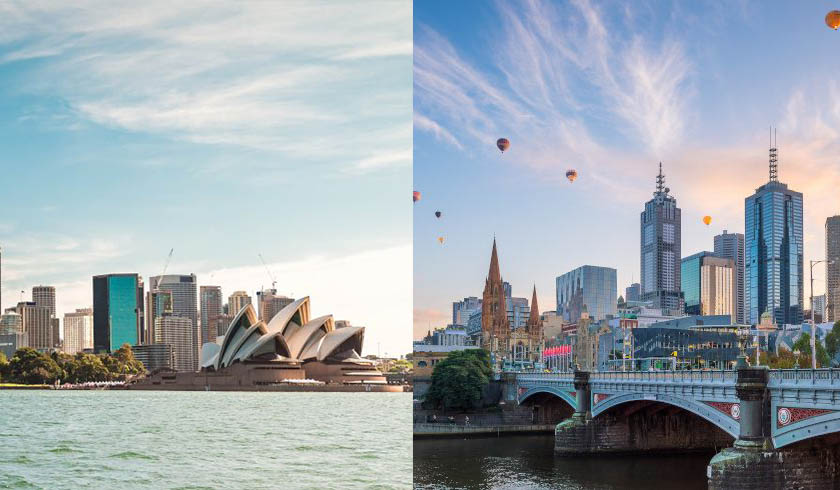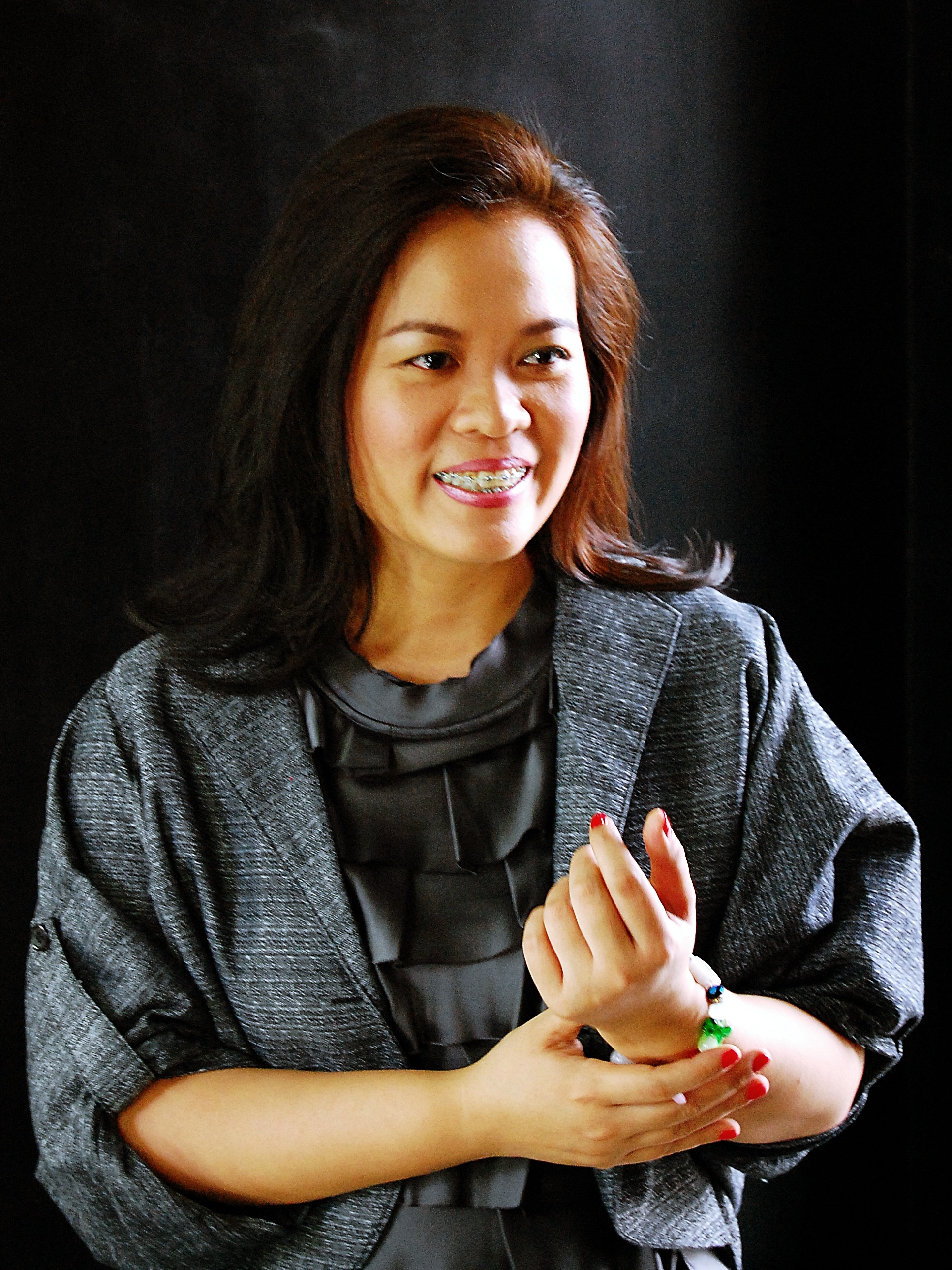Top 10 danger zones in Sydney and Melbourne: Important data for investors
Investors have been warned against buying units in a number of Sydney and Melbourne suburbs, despite the property frenzy that’s driving purchasers towards new developments.

Peter Wargent, the co-founder of BuyersBuyers, is warning investors to proceed with caution across a number of Sydney and Melbourne suburbs, where new developments are rife.
Mr Wargent explained that “although demand has dropped sharply given the absence of international students and other visitors, there are still some areas with a high volume of potential new units in the pipeline over the next couple of years.”
Considering the strict border restrictions due to the pandemic, it’s uncertain how international migration will be affected over the next couple of months, or even years.
“There are many uncertainties about the return of international migration at present, and therefore the risks of buying a new unit are even higher than they normally are right now,” Mr Wargent added.
Doron Peleg, founder of RiskWise Property Research, shares the same insight and has warned landlords to be wary of unit supply: “We have compiled our top 10 danger zone suburbs in Sydney and Melbourne where investors should be wary about the risk of rental vacancies and capital loss, particularly investors considering new or off-the-plan purchases.”
Based on research done by CoreLogic and RiskWise Property, these are the top 10 danger zones in Sydney and Melbourne:
Top danger zone suburbs in Sydney
|
Suburb |
Postcode |
New Units in the Pipeline (24 months)
Loading form...
|
As % of Existing Stock |
|
Schofields |
2762 |
3397 |
115.7% |
|
Gosford |
2250 |
1619 |
28.2% |
|
Rouse Hill |
2155 |
1274 |
88.2% |
|
Zetland |
2017 |
1110 |
6.3% |
|
Liverpool |
2170 |
893 |
10.6% |
|
Epping |
2121 |
806 |
11.9% |
|
Burwood |
2134 |
552 |
9.2% |
Top danger zone suburbs in Melbourne
|
Suburb |
Postcode |
New Units in the Pipeline (24 months) |
As % of Existing Stock |
|
Box Hill |
3128 |
1833 |
25.5% |
|
Footscray |
3011 |
1531 |
27.5% |
|
South Melbourne |
3205 |
1056 |
21.1% |
|
Coburg |
3058 |
970 |
26.9% |
|
Preston |
3072 |
940 |
21.6% |
|
Docklands |
3008 |
933 |
8.3% |
|
Brunswick |
3056 |
882 |
12.2% |
|
Burnley |
3121 |
770 |
7.2% |
|
Blackburn |
3130 |
629 |
19.1% |
|
Collingwood |
3066 |
541 |
14.8% |
Mr Peleg expounded that “the CBD areas of the capital cities have been a risk area for some time, but in Sydney, the risks are spread quite broadly across the city, from Liverpool to the inner-south and Zetland, and up to parts of the Central Coast, such as Gosford”.
The situation is the same in Melbourne. “The higher risk areas have been more concentrated in the inner suburbs, and we have warned about a number of these locations for a couple of years now,” said Mr Peleg.
The same has also been said about Brisbane’s inner city, which RiskWise research group has previously warned as a “danger zone”.
What, then, can be done to avoid or manage these risks?
“Established units can still be a solid investment in supply-constrained areas, especially in the largest capital cities, but its generally the rising land values that deliver the returns in Australian real estate, so units in boutique blocks with a high land-to-asset ratio and a point of scarcity value tend to fare best,” suggested Mr Wargent.
He highlighted that investors seem to understand these risks because they have been seen to pivot their investments towards houses over the past 18 months.
